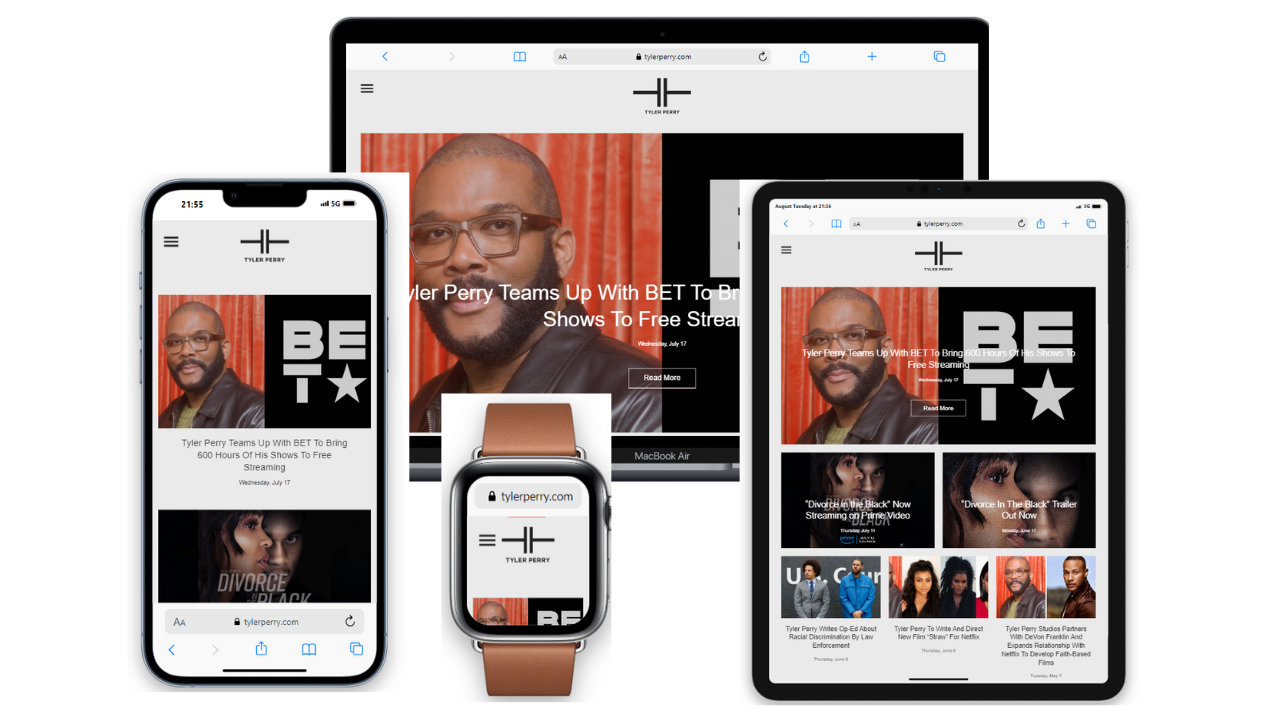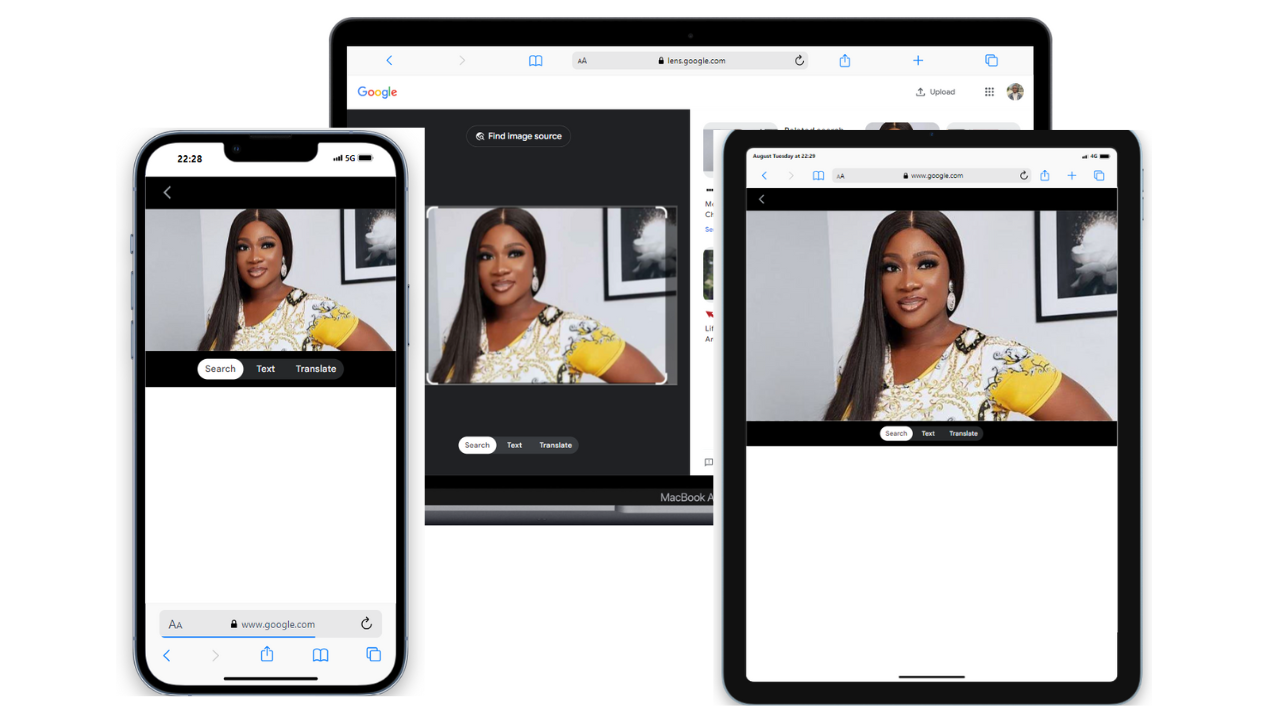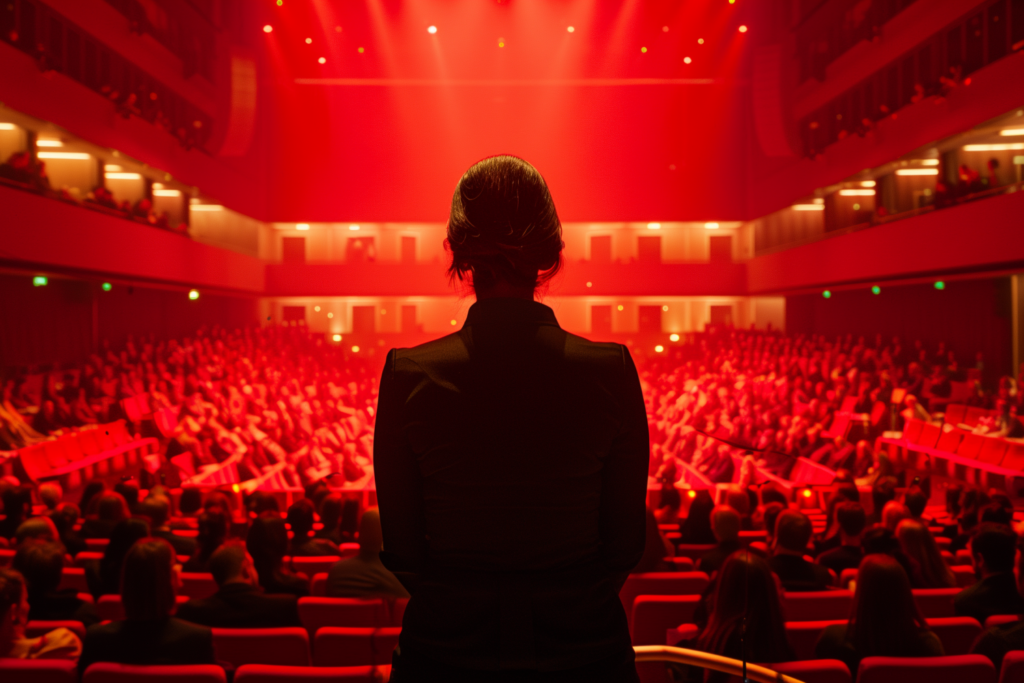Introduction
In the field of Web design and development, we’re quickly getting to the point of being unable to keep up with the endless new resolutions and devices. For many websites, creating a website version for each resolution and new device would be impossible, or at least impractical. Should we just suffer the consequences of losing visitors from one device, for the benefit of gaining visitors from another? Or is there another option?
This is where Responsive Design comes in.
Responsive Web design is the approach that suggests that design and development should respond to the user’s behavior and environment based on screen size, platform and orientation.
In the constantly changing digital landscape, it is imperative for artists to offer their fans flawless online experiences. Achieving this goal requires responsive design, which makes sure websites adjust perfectly on different devices. This flexibility improves fan relationships, maintains audience interest, and raises general satisfaction.
Here’s why responsive design is so important for fan interactions.
1. Accessibility Across All Devices
Fans interact with an artist’s content using a variety of devices, from smartphones and tablets to laptops and desktops. Responsive design ensures that a website automatically adjusts its layout and features to fit the screen size and resolution of any device. This universal accessibility means that fans can enjoy a consistent experience from anywhere in the world and at anytime they wish to.

2. Improved User Engagement
A website that’s easy to navigate, regardless of the device, enhances user experience. Responsive design eliminates the need for zooming, scrolling horizontally, or dealing with unplayable media. When fans can easily access information about upcoming events, browse through galleries, or shop for merchandise without frustration, they are more likely to stay engaged and return to the site.
High engagement levels lead to stronger connections between artists and their audiences.
See How Good Designs Transforms Artists’ Online Presence on Hypeverve for more tips.
3. Faster Load Times
A seamless, enjoyable browsing experience encourages fans to explore more content, interact with features, and engage with the artist’s brand.
Responsive design often includes optimized images and streamlined code, which can significantly improve load times. Faster websites provide a better user experience, reducing bounce rates and encouraging fans to spend more time exploring.
Visit Google Page Speed Insights for tips on optimizing website load times.
4. Enhanced SEO Performance
Search engines favor responsive websites, leading to higher rankings in search results. Better visibility means more fans can find the artist’s website, increasing traffic and potential interactions. Responsive design is an essential part of any SEO strategy. When fans share links to an artist’s website on social media, those links should provide a great viewing experience on any device. A responsive site ensures that shared content looks professional and functions well, increasing the likelihood that others will engage with and share it further.
5. Consistent Branding
Responsive design helps maintain consistent branding across all devices. Whether fans are viewing the site on a large desktop monitor or a small smartphone screen, the branding elements like logos, colors, and fonts remain consistent. This consistency reinforces the artist’s brand identity and ensures a professional appearance.
6. Higher Conversion Rates
When a website is easy to navigate and provides a seamless experience, fans are more likely to complete desired actions, such as purchasing merchandise, signing up for newsletters, or following on social media. Higher conversion rates are a direct benefit of responsive design.
See Hubspot’s Guide to Increasing Website Conversions for step by step tips on conversion rates.
Conclusion
In conclusion, responsive design is vital for enhancing fan interactions and ensuring a positive experience across all devices. By making an artist’s website accessible, improving user engagement, increasing website loading times, and enhancing SEO performance, responsive design helps build a stronger, more connected fan base. For artists looking to maximize their online presence and foster deeper connections with their audience, investing in responsive design is a strategic necessity.
By focusing on responsive design, artists can ensure their websites are ready to meet the demands of a diverse and growing fanbase, ultimately leading to stronger engagement and lasting relationships.






